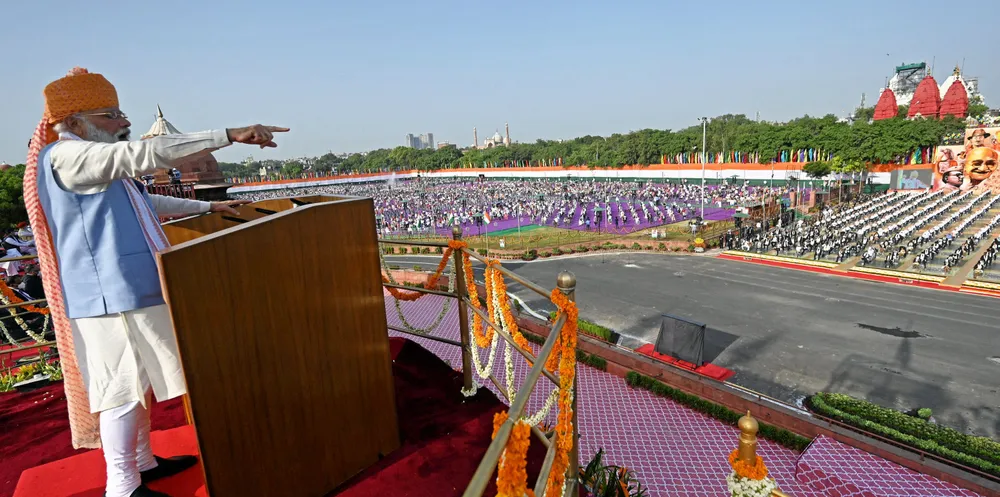Modi pledges massive green hydrogen 'quantum leap' to Indian energy independence
Prime Minister says nation to become 'global hub' for renewable H2 that can ease reliance on imported fossil fuels

Prime Minister says nation to become 'global hub' for renewable H2 that can ease reliance on imported fossil fuels
